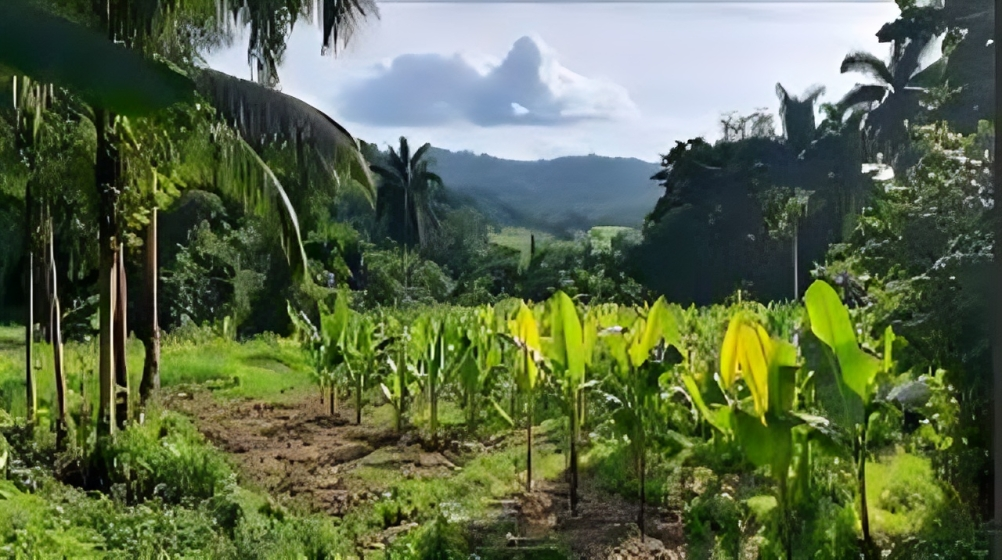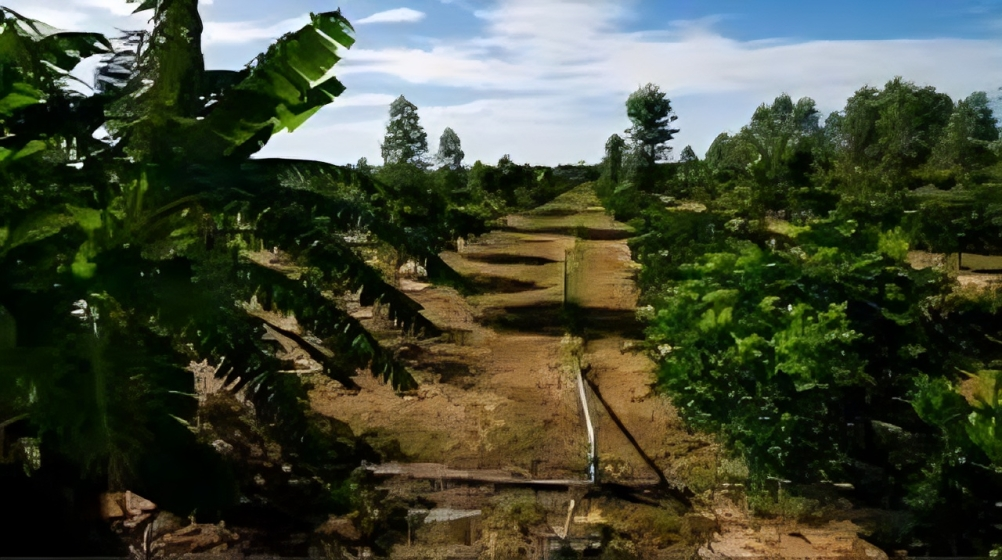In a landmark move, the Indian government has introduced Model Guidelines for Tree Felling on Agricultural Land, aiming to remove long-standing hurdles faced by farmers and encourage the widespread adoption of agroforestry. This reform could significantly boost rural income, support environmental goals, and help India reduce its dependence on imported timber.
Why the New Guidelines Matter
Until now, farmers across India had to navigate a confusing web of state-level rules regarding the felling of trees on farmland. This not only discouraged tree planting but also created unnecessary legal and bureaucratic obstacles. In fact, India loses up to ₹2,000 crore annually in potential timber trade due to outdated and inconsistent regulations.
On June 19, 2025, the Union Ministry of Environment, Forest and Climate Change (MoEFCC) issued a circular urging states to adopt uniform and simplified model rules. These rules remove ambiguity and offer a centralized online system for permissions, enabling farmers to benefit from agroforestry without legal hassles.
What Is Agroforestry? Why Is It the Future of Farming?
Agroforestry is the practice of integrating trees with crops and/or livestock on the same land. It combines agriculture and forestry in a mutually beneficial way. According to the National Agroforestry Policy 2014, it:
- Increases biodiversity and ecological resilience
- Enhances income through the sale of timber, fruits, and medicinal plants
- Boosts soil fertility through natural nitrogen fixation (in species like Subabul and Sesbania)
- Reduces greenhouse gas emissions
- Offers protection against drought and floods
In India, more than 25 million hectares are already under agroforestry, with potential to expand to 53 million hectares, as per the Indian Council of Forestry Research and Education (ICFRE).
What Do the New Tree Felling Guidelines Include?
Here are the key provisions of the newly introduced Model Guidelines:
1. Uniform Criteria Across States
Previously, trees like neem, babool, and eucalyptus were exempted in some states and restricted in others. Now, the new rules aim to streamline this by creating a national list of exempted tree species, which may include:
- Poplar (Populus deltoides)
- Eucalyptus
- Melia dubia
- Subabul (Leucaena leucocephala)
2. Online Applications via NTMS Portal
Farmers must apply for tree felling permission through the National Timber Management System (NTMS), providing:

- Land ownership proof
- Tree species, number, height, and age
- Geo-tagged images in KML (Keyhole Markup Language) format
3. Simplified Norms Based on Tree Count
- For ≤10 trees: Instant permission with automated system verification
- For >10 trees: Field verification by an accredited agency before approval
4. Transparency & Digital Monitoring
- After approval, farmers must upload stump photos post-felling
- Regional officers will oversee permission logs
- Field verification reports submitted quarterly to the State-Level Committee (SLC)
How Will This Reform Benefit Farmers?
- Increased Income: Timber sales can earn farmers ₹25,000–₹80,000 per acre, depending on tree type and maturity
- Risk Mitigation: Mixed cropping with trees reduces dependency on one crop
- Empowered Decision-Making: Farmers get direct digital access to felling permissions
- Soil and Water Benefits: Trees reduce erosion, improve groundwater recharge
- Ease of Doing Business: End to bureaucratic delays and corruption in local forest offices
Alignment with India’s Climate and Trade Goals
India has pledged to create an additional carbon sink of 2.5–3 billion tonnes of CO₂-equivalent through forest and tree cover by 2030 under the Paris Agreement (INDC target). These new rules:
- Encourage reforestation outside forests
- Reduce pressure on forest ecosystems
- Cut down on wood imports—India imported timber worth $2.3 billion in FY 2023-24
Historical Context: Why This Reform Was Needed
- As per a CAG Report (2021), delays in tree felling permissions caused losses to thousands of farmers in Uttar Pradesh, Bihar, and Punjab
- Many farmers had to bribe local officials or leave trees unharvested due to lack of clarity
- Agroforestry programs like Sub-Mission on Agroforestry (SMAF) under National Mission for Sustainable Agriculture struggled due to red tape
Who Will Monitor and Implement These Rules?
The State-Level Committee (SLC) will:
- Review NTMS applications
- Guide verification agencies
- Submit reports to the Centre
- Include agriculture, revenue, and forest department officials
World Environment Day 5 June 2025-all you need to know

